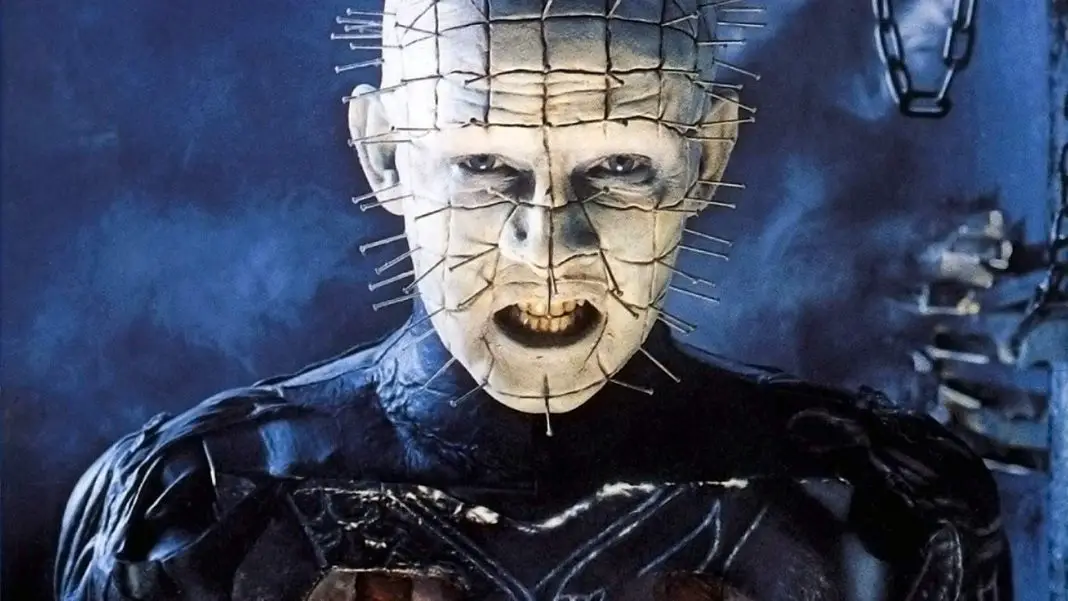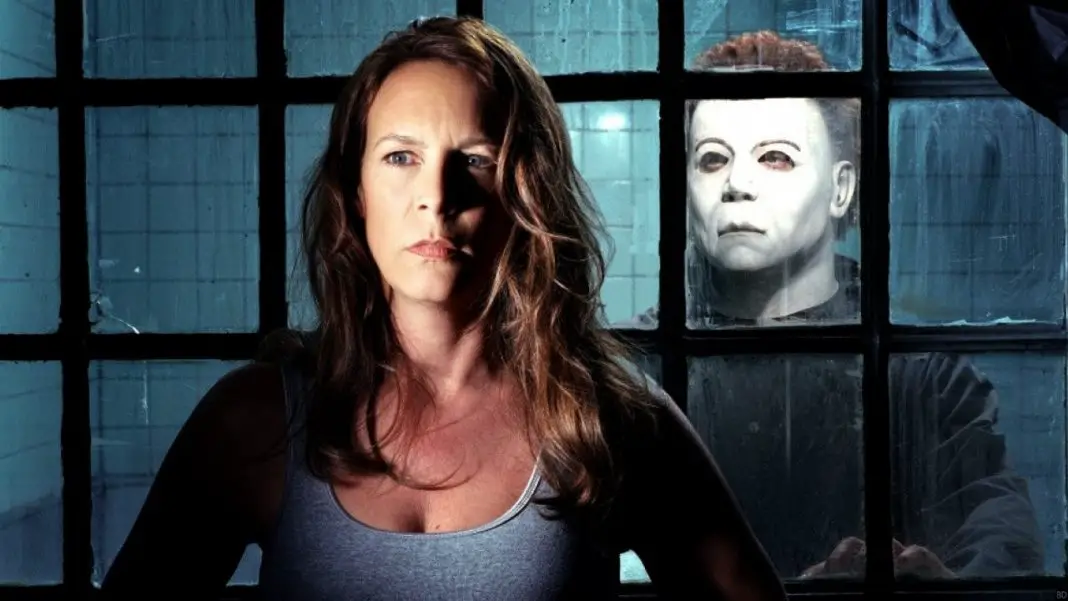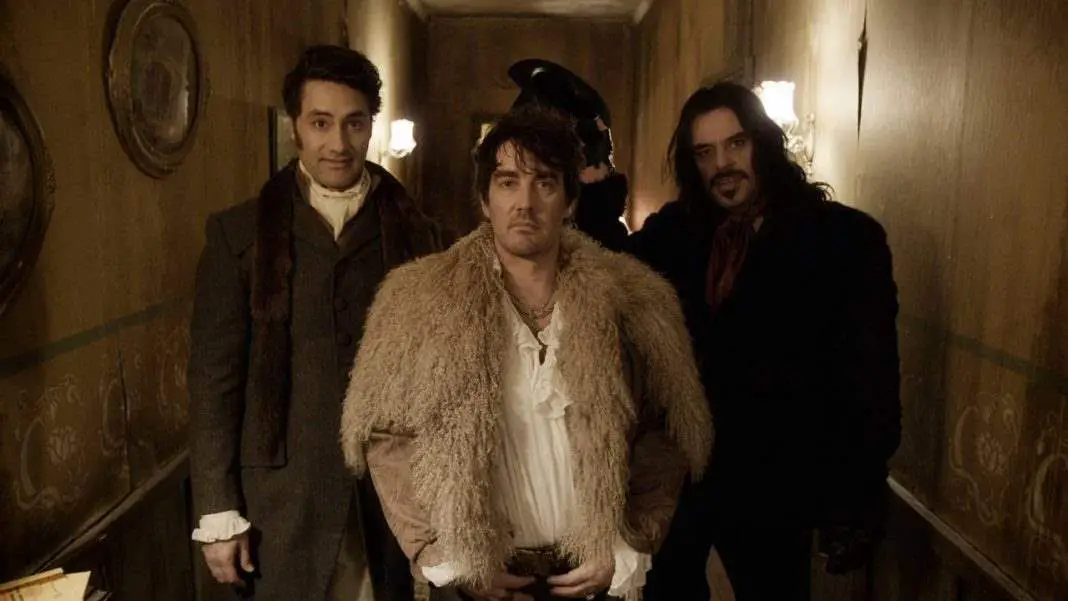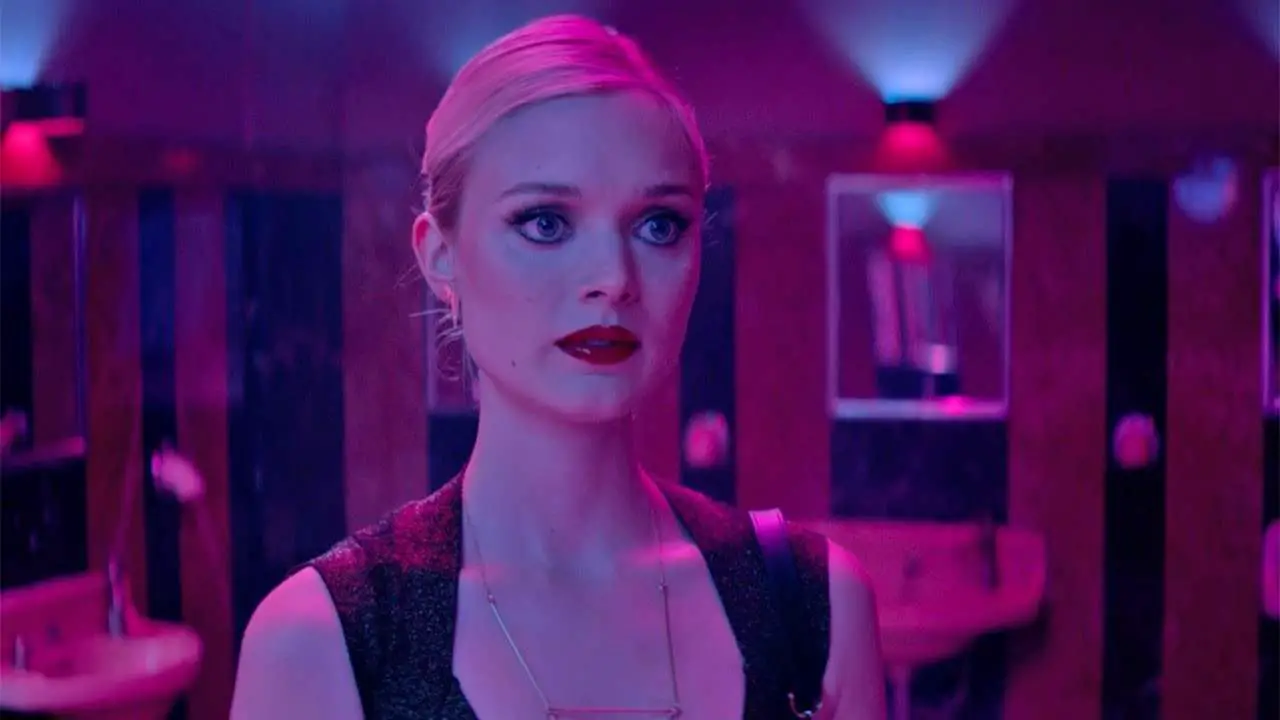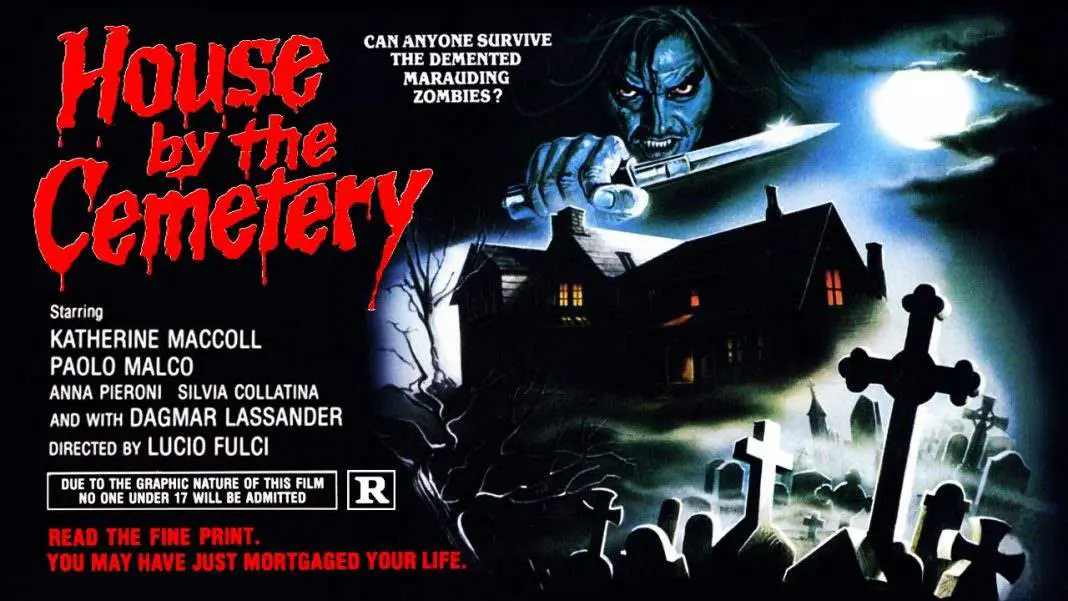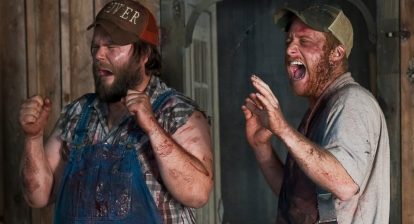Hellraiser is what cemented Clive Barker as a powerhouse figure in the horror genre. It is as revolutionary and as visionary as the movies that John Carpenter, Wes Craven and Tobe Hoper used to propel themselves to stardom in the 1970’s. It’s a highly intelligent, gorgeously made horror film that has stood the test of time for nearly three decades. And there’s a definite reason for that.
Beyond the iconic face of the Hell Priest with pins in his head, there is a dark and twisted romance, a Faust retelling, a body horror film that flips the traditional themes, and even a vampire story. Whatever you’re looking for, there’s a bit of it in Hellraiser. Unless you’re looking for a happy ending, but even then it’s a matter of perspective.
The movie begins with Frank Cotton, a man who thinks he’s gone to the limits, finding yet further places to go to when he opens up a puzzle box that takes him to Hell. His brother, Larry, and Larry’s wife Julia move into the family home without realizing Frank has been squatting there or that he’d been taken to Hell through the attic.
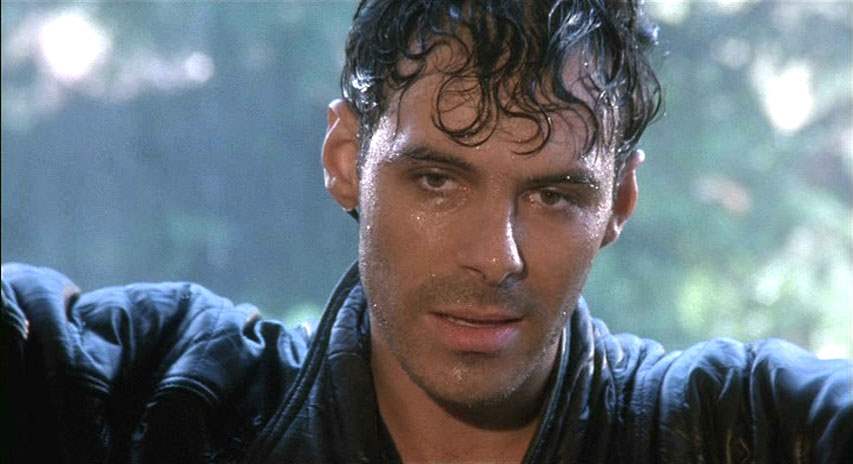
Now, most body horror films are done in Cronenbergian fashion way. He’s basically got the patent on them. A “normal” person, often vain, begins to slowly mutate. Their body, which they have put so much stock and trust in, is beginning to betray them. They can’t stop it, they can’t embrace it. It’s horror from the inside working its way out.
Hellraiser takes all of that and flips it on its head. This is a body horror romance. Frank is a monster, inside and out. He has gotten by his whole life with a charming exterior, but the mass of unhinged flesh he becomes is a much more honest representation of who he truly is. Yes, Julia is killing for him at the promise of getting that body back, but she shows love and even attraction for his disfigured form.
 It’s what’s inside that counts, they say, and in Julia’s case this seems to be true. She couldn’t care less about Larry throughout most of the film, not until Frank weasels his way into Larry’s skin. Then the attraction, evident physical attraction is clear, but only once it’s Frank underneath.
It’s what’s inside that counts, they say, and in Julia’s case this seems to be true. She couldn’t care less about Larry throughout most of the film, not until Frank weasels his way into Larry’s skin. Then the attraction, evident physical attraction is clear, but only once it’s Frank underneath.
Of course, the strongest representation of body horror made beautiful would be the Cenobites themselves. These are grotesque, scarred demons, but they are made and expertly designed to be alluring as well. The designs are beautiful. The Chatterer is probably the most monstrous of the bunch and the least human, but Pinhead and the Female (named but not credited as “Deep Throat” on the set) mix regality, sexuality, scars and body art into one package.
Pinhead’s design is priestly. Every design element you would find on a priest’s robes you can find on Pinhead, but they are mixed in with leather and flaps of hanging flesh. The outfits that the Cenobites wear are woven in and out of their skin. They are personifications of sadomasochism, pleasure and pain indivisible, as the Cenobites themselves say.
 Hellraiser uses the traditional context of body horror to embrace body modification on a grand scale. A scale that even the biggest enthusiast of that subculture may not be able to withstand, but one that would fascinate them nonetheless. Pinhead is often referred to as the “patron saint of piercing” and there is no more accurate description for him.
Hellraiser uses the traditional context of body horror to embrace body modification on a grand scale. A scale that even the biggest enthusiast of that subculture may not be able to withstand, but one that would fascinate them nonetheless. Pinhead is often referred to as the “patron saint of piercing” and there is no more accurate description for him.
To bring these visual designs to life, Barker made the controversial decision to cast actors instead of stunt people, even in the silent parts. Chatterer and Butterball especially would normally be characters played by stunt men, but Barker cast Nicholas Vince and Simon Bamford, respectively. They were both people he had known and worked with since his theater days, and while they probably thought they’d have less stressful roles on Barker’s first feature, their performances mattered.
Doug Bradley almost turned down the role of Pinhead. He almost opted to play the moving man. It’s hard to imagine what would have happened with the film (or the franchise that followed it) if that had come to pass. Bradley’s performance is everything.
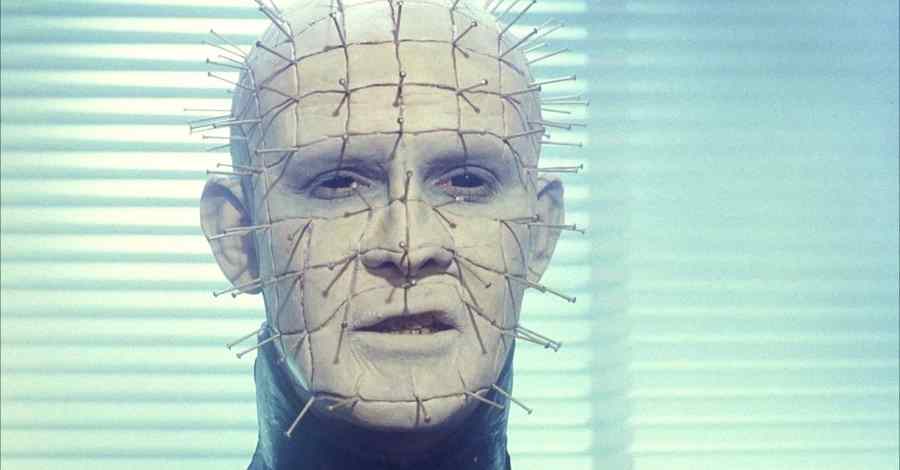 Even aided by beautiful makeup and costuming, he creates a full-fledged character. A character who is fascinating throughout his five minutes of screen time in the film. From his first line of dialogue it is clear that Pinhead is regal, firm, but there’s a sense of longing to him. A sense that even going beyond the limits to the Hell he devotes himself to, he is still largely unfulfilled. These ideas would only be supported by the (at least immediate) sequels.
Even aided by beautiful makeup and costuming, he creates a full-fledged character. A character who is fascinating throughout his five minutes of screen time in the film. From his first line of dialogue it is clear that Pinhead is regal, firm, but there’s a sense of longing to him. A sense that even going beyond the limits to the Hell he devotes himself to, he is still largely unfulfilled. These ideas would only be supported by the (at least immediate) sequels.
Fulfillment plays a large part in Hellraiser. Frank leaves Julia after their first tryst, before her wedding to Larry, muttering to himself “It’s never enough.” He needs more than sex, more than drugs, more than anything people have experienced before in the pursuit of pleasure. It’s exactly what he’s told he’ll find in the puzzle box, and it is exactly what he gets. It’s not what he wanted.
 Frank is simply arrogant and narrow-minded enough to believe that everyone’s view of pleasure will be the same as his own. Hellraiser is a feature that pulls back the skin and exposes attraction in its raw, meatiest and ugliest form. Even innocent heroine Kirsty has an underlying eye on the Cenobites. Julia is the murderess for most of the movie, committing most of the acts that make this a horror picture. And she does it all in the name of sex.
Frank is simply arrogant and narrow-minded enough to believe that everyone’s view of pleasure will be the same as his own. Hellraiser is a feature that pulls back the skin and exposes attraction in its raw, meatiest and ugliest form. Even innocent heroine Kirsty has an underlying eye on the Cenobites. Julia is the murderess for most of the movie, committing most of the acts that make this a horror picture. And she does it all in the name of sex.
Hellraiser is a film very similar to the things it portrays on the screen. When you peel back one layer of skin, there’s something there just behind it to greet you. Some of these things may get more and more twisted the deeper you go, but that’s exactly what makes them fascinating.
